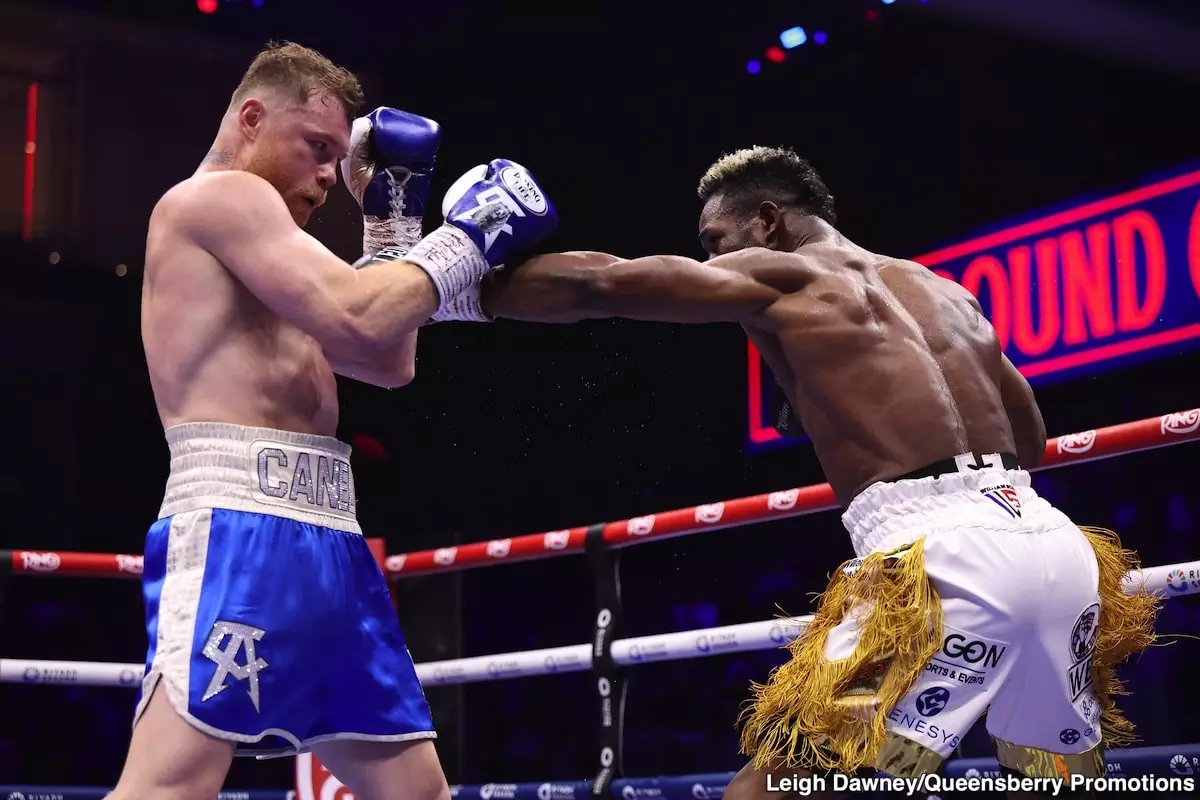In the realm of boxing, the art of strategy can often make the difference between victory and defeat. Coach Kenny Ellis recently shared his insights about the impending showdown between Terence Crawford and Canelo Alvarez, proposing that Crawford’s tactical prowess will overshadow Alvarez’s formidable reputation. This perspective emphasizes the cerebral elements of boxing, where precision, timing, and adaptability can dictate outcomes far more than mere power. With a robust professional record of 41-0 and a striking rate of 31 KOs, Crawford’s blend of skill and intelligence paints an intriguing picture for his fans and analysts alike.
Crawford’s Dissection Strategy
Ellis articulates a vivid metaphor, likening Crawford’s approach to a scientific dissection—scrutinizing every aspect of Alvarez’s game. Such an analogy exemplifies the coach’s belief that Crawford will effectively analyze and manipulate Canelo’s defensive structures throughout the fight. Rather than a single explosive punch determining the result, Ellis suggests that Crawford’s calculated strategy will accumulate points and wear down Alvarez, culminating in a decisive but perhaps not knockout victory. This suggests a fight characterized not just by brute strength, but by intellectual battles, making it essential for spectators to appreciate the finer aspects of boxing.
The Implications of Big Money Fights
Another striking element in the conversation is the significant financial stakes surrounding this match. With reports surfacing that Canelo Alvarez could earn around $150 million, the motivation—beyond mere victory—becomes evident. Ellis hints at the possible pitfalls that such immense financial incentives could lead to. For Alvarez, considering a fight against fellow contender David Benavidez becomes treacherous, as a loss could tarnish an already illustrious legacy. This psychological burden is compounded by the weight of expectation within the boxing community. The intricate relationship between legacy and financial gain creates a palpable tension that could play a pivotal role in Alvarez’s mindset entering the ring.
A Contrasting Profile: Styles and Strategy
Interestingly, Ellis doesn’t discount Canelo’s abilities entirely, recognizing that Alvarez has proven resilience and might withstand Crawford’s onslaught longer than expected. Yet, he unmistakably believes that a stylistic divergence exists between the two fighters. Crawford’s adaptability and intellect arguably give him the edge—a compelling argument in favor of “boxing IQ” over mere physical attributes. The suggestion that Crawford excels both from a distance and in close quarters further highlights the depth of his skill set. This versatility may force Alvarez into uncomfortable positions, potentially leading to strategic missteps.
Psycho-Social Dynamics in the Ring
As with any high-stakes confrontation, psychological dynamics will play a crucial role. Canelo’s hesitation to potentially face Benavidez starkly illustrates how fear of loss can overshadow the glory of winning. In the world of sports, a fighter’s mindset is often their greatest weapon or most significant liability. The looming fear of stunting his legacy through a catastrophic loss could paralyze Alvarez, leaving him vulnerable. Meanwhile, Crawford, who has little to lose in this scenario, can enter the fight with a liberating sense of freedom, using his strategy to exploit any weaknesses or apprehension from Alvarez with surgical precision.
The anticipation leading up to this bout is a testament to the multifaceted nature of boxing. It’s not just about who can throw a punch harder; it’s a complex marriage of intellect, strategy, and psychological warfare that promises to unfold in a manner captivating to fans and sports enthusiasts alike.

